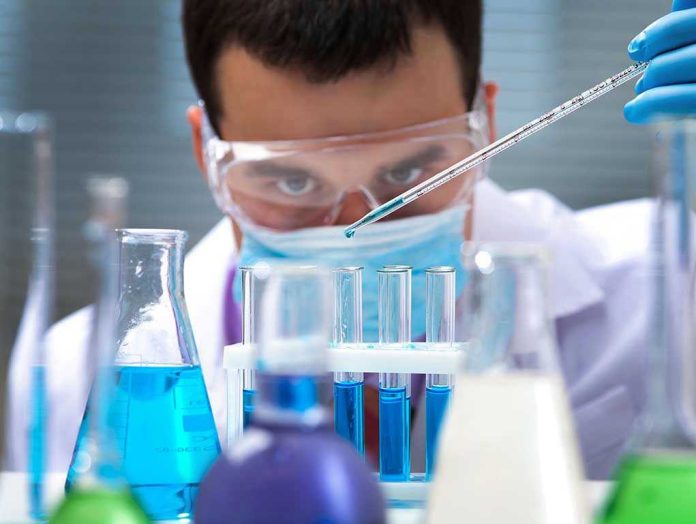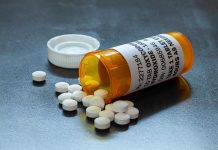
Americans unknowingly absorb thousands of toxic chemicals daily through their water, food, and household products, with PFAS “forever chemicals” alone costing the nation up to $63 billion annually in health expenses—while regulatory agencies test less than 1% of the 84,000 chemicals in circulation.
Story Overview
- Over 84,000 chemicals circulate in US products with only 1% tested for safety by federal agencies
- PFAS “forever chemicals” generate $5.5-$63 billion in annual health costs from widespread exposure
- Hundreds of synthetic chemicals detected in newborn tissues, indicating pervasive contamination
- Practical steps exist to reduce chemical exposure without major lifestyle changes
Decades of Chemical Proliferation Without Oversight
The post-World War II industrial boom introduced thousands of synthetic chemicals into American homes and workplaces with minimal safety testing. Chemical manufacturers rolled out new products faster than regulatory agencies could evaluate them, creating a system where chemicals entered the market first and faced scrutiny only after problems emerged. This backwards approach allowed potentially harmful substances to become deeply embedded in consumer products before anyone understood their long-term health effects.
Hidden Health Costs of Chemical Contamination
Recent research reveals the staggering economic burden of chemical exposure, with PFAS chemicals alone costing Americans between $5.5 and $63 billion annually in health-related expenses. These “forever chemicals” persist in the environment and human body for decades, accumulating in tissues and potentially causing cancer, reproductive problems, and developmental disorders. Biomonitoring studies detect hundreds of chemicals in human blood and tissues, including newborns who inherit their mothers’ chemical burden before birth.
Regulatory Gaps Enable Continued Exposure
Federal agencies acknowledge widespread chemical exposure but move slowly to address known risks. The EPA continues studying long-term effects of low-level exposure, particularly in children, while advocacy groups push for stronger safety standards. Only a small fraction of chemicals undergo comprehensive safety testing, leaving families to navigate an environment filled with substances of unknown toxicity. This regulatory vacuum forces consumers to become their own protection agency.
Simple Steps for Family Protection
Despite the overwhelming scope of chemical exposure, practical solutions exist for concerned families. Filtering drinking water removes many contaminants, choosing organic foods reduces pesticide intake, and selecting household products without synthetic fragrances limits indoor air pollution. Reading labels and avoiding products with long lists of chemical ingredients provides another layer of protection. These common-sense approaches empower families to reduce their toxic burden while regulatory agencies catch up to the science.
The chemical contamination of American families represents a fundamental failure of government oversight, placing profit over public health while leaving citizens to fend for themselves against invisible threats to their constitutional right to life and liberty.
Sources:
BYU Ballard Brief – Exposure to Toxic Chemicals in Consumer Products in the United States
EPA – Our Current Understanding Human Health and Environmental Risks PFAS



